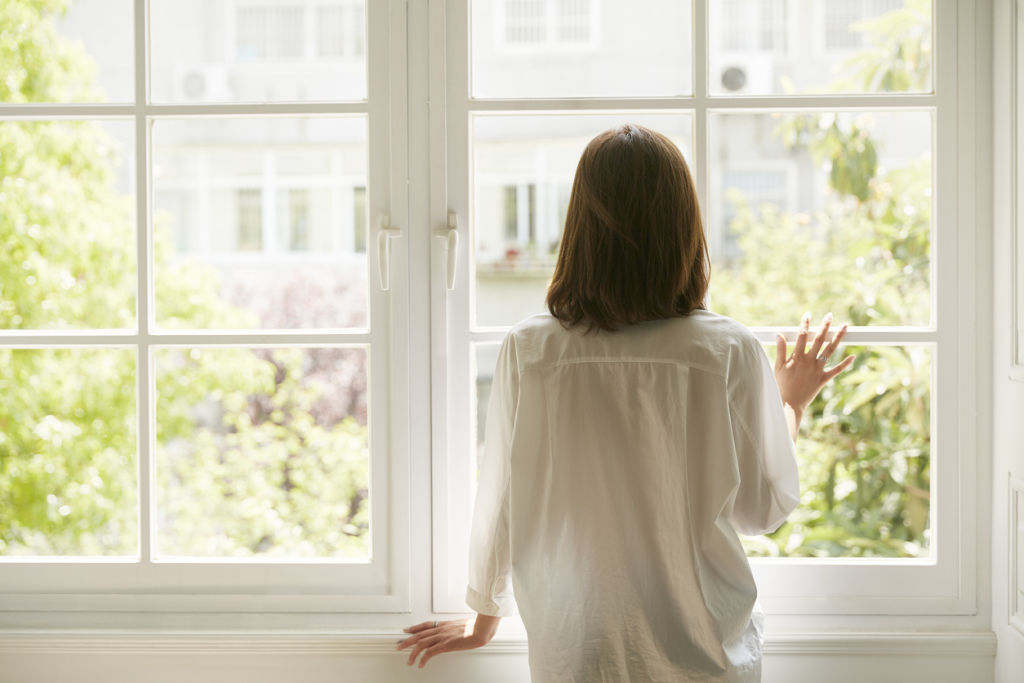All Categories
Featured
Table of Contents
Upvc Double Glazed Windows Australia in Churchlands Western Australia
Glazing simply indicates the windows in your house, consisting of both openable and set windows, as well as doors with glass and skylights. Glazing in fact just suggests the glass part, however it is typically utilized to describe all aspects of an assembly consisting of glass, films, frames and furnishings. Taking notice of all of these aspects will assist you to accomplish efficient passive style.

Energy-efficient glazing makes your home more comfortable and drastically decreases your energy expenses. Nevertheless, inappropriate or inadequately created glazing can be a major source of unwanted heat gain in summer season and substantial heat loss and condensation in winter. Up to 87% of a home's heating energy can be acquired and up to 40% lost through windows.
Glazing And Glass Options - Smarter Homes in Willagee WA
Glazing is a significant financial investment in the quality of your home. A preliminary investment in energy-efficient windows, skylights and doors can considerably reduce your yearly heating and cooling expense.

This tool compares window selections to a base level aluminium window with 3mm clear glass. Comprehending some of the crucial homes of glass will assist you to select the finest glazing for your house. Secret properties of glass Source: Adapted from the Australian Window Association The quantity of light that goes through the glazing is referred to as visible light transmittance (VLT) or visible transmittance (VT).
Best Way To Block Sun Heat From Windows [Professionally] in Darling Downs WA
This might lead you to switch on lights, which will result in higher energy costs. Conduction is how readily a material performs heat. This is known as the U value. The U value for windows (revealed as Uw), explains the conduction of the whole window (glass and frame together). The lower the U value, the higher a window's resistance to heat flow and the better its insulating value.
For example, if your home has 70m2 of glazing with aluminium frames and clear glass with a U worth of 6. 2W/m2 C, on a winter's night when it is 15C cooler outside compared with inside your home, the heat loss through the windows would be: 6. 2 15 70 = 6510W That is comparable to the total heat output of a big space gas heating unit or a 6.
Why Does Double Glazing Help To Keep Us Cool In Summer? in Maida Vale Western Australia

If you choose a window with half the U value (3. 1W/m2 C) (for example, double glazing with an argon-filled space and less-conductive frames), you can halve the heat loss: 3. 1 15 70 = 3255W The solar heat gain coefficient (SHGC) for windows (expressed as SHGCw) determines how readily heat from direct sunlight flows through a whole window (glass and frame together).
The lower a window's SHGC, the less solar heat it transmits to the home interior. The real SHGC for windows is affected by the angle that solar radiation strikes the glass.
Double Glazing Vs Triple Glazing: Which Should You Choose in St James Western Australia
When the sun is perpendicular (at 90) to the glass, it has an angle of occurrence of 0 and the window will experience the optimum possible solar heat gain. The SHGC declared by glazing manufacturers is constantly computed as having a 0 angle of incidence. As the angle increases, more solar radiation is reflected, and less is transferred.
Latest Posts
Pros And Cons Of Argon Gas In Windows in Ridgewood WA
Does Double Glazing Have A Vacuum? in Shoalwater WA
Double & Triple Glazing Windows In Warwickshire in Perth